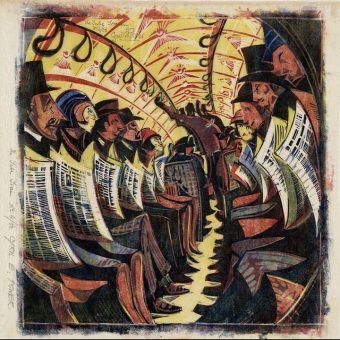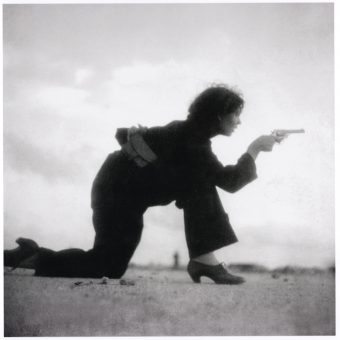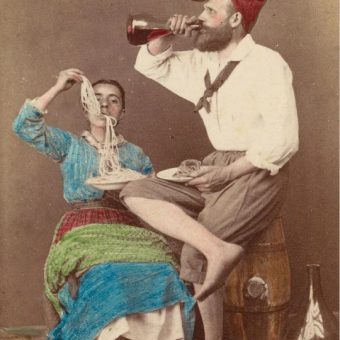“My spelling is Wobbly. It’s good spelling but it Wobbles, and the letters get in the wrong places.”
― A.A. Milne, Winnie-the-Pooh
In The Handwriting of 12 Famous Authors we look at writers who communicated in long hand, and sometimes wrote their books in the same manner. For author Edgar Allan Poe, chirography (handwriting) is an “indication of character”. Dr Oliver Sacks thought writing by hand “an indispensable form of talking to [oneself]” and that “ideas emerge, are shaped, in the act of writing.” Writing is thinking.
And then there is the pen. Do we get the same joy of creating a loop with a well-weighted pen making the mark in fluid ink as we do from choosing a digital font and pressing the same key we use for all letters? I’d say not. “The good feeling of the pen should be kept,” wrote John Steinbeck, “should be dry and a smooth point and fine paper like this. There’s something very good about this kind of affair.”
Fyodor Dostoevsky’s manuscript draft of The Brothers Karamazov
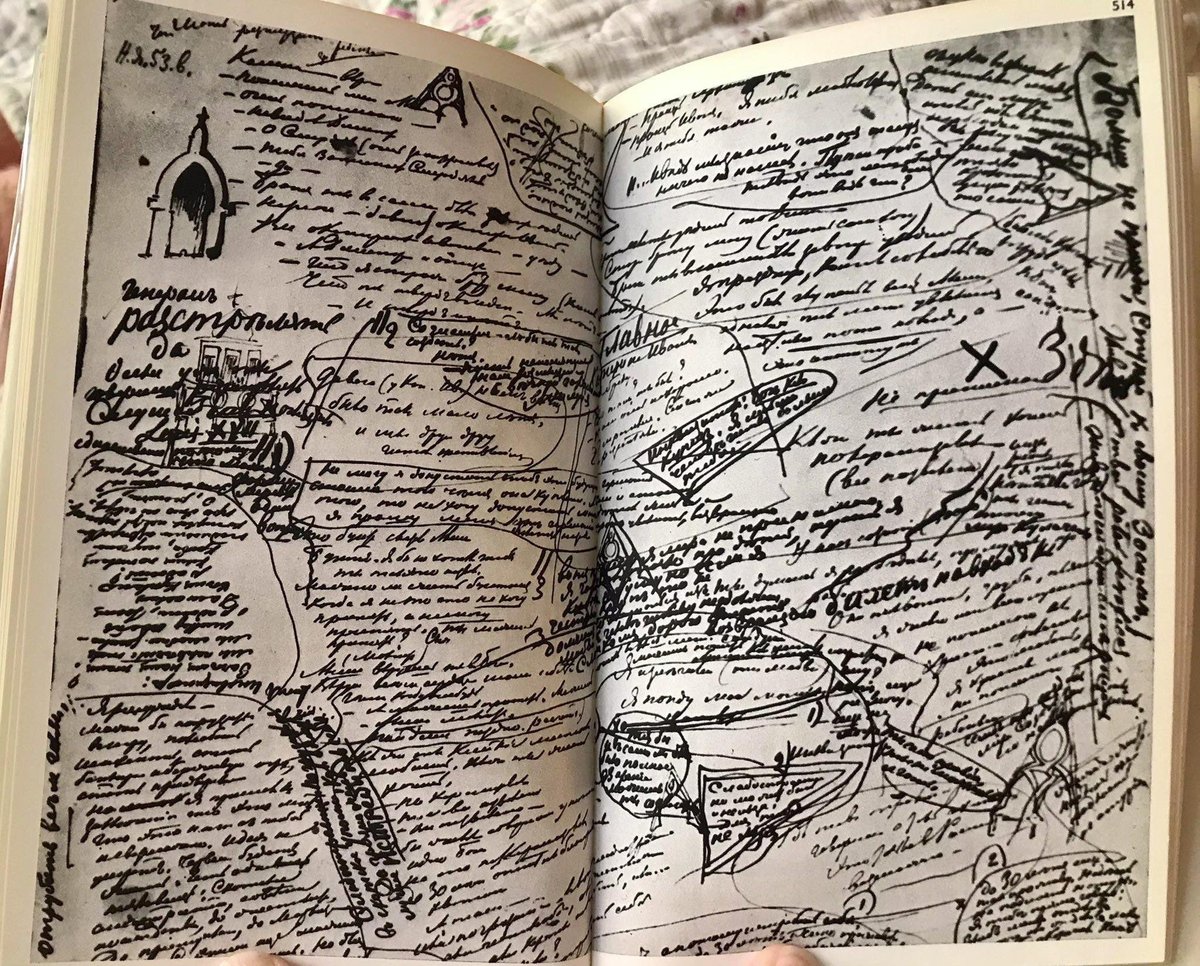
More than 200 sheets of Russian writer Fyodor Mikhailovich Dostoevsky’s notebooks and manuscripts contain drawings, among them mainly portraits, sketches of Gothic windows and arches, arabesques and calligrams. Dostoevsky (11 November 1821 – 9 February 1881) did not make his doodles for public view. His graphics do not illustrate the corresponding novels but are pictorial notes that make a link or suggest a line of thought or character development, a form of non-verbal communication, essentially hermeneutic and surely impossible to fully interpret without asking the writer. Read on…
James Joyce makes some notes to a manuscript of Ulysses
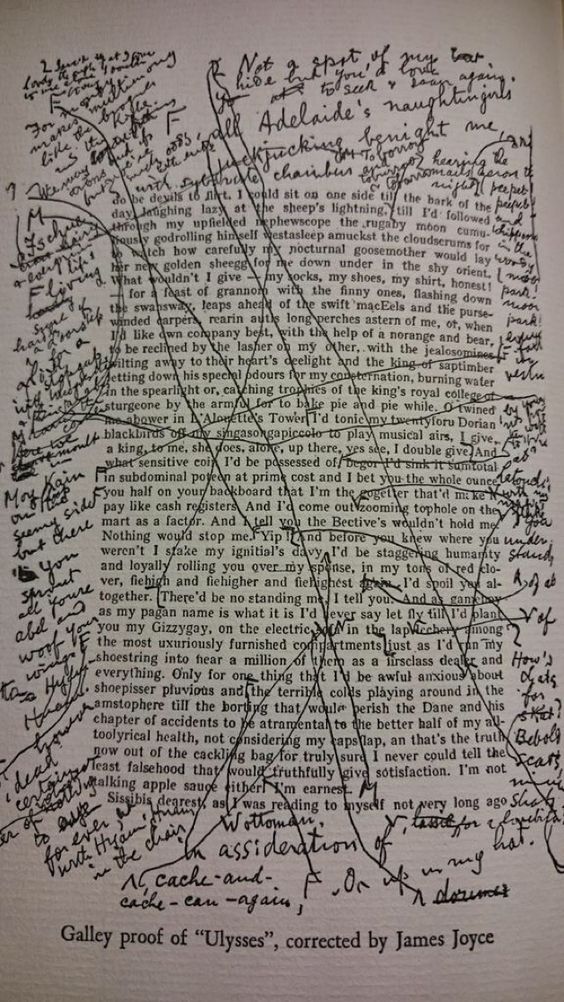
Samuel Beckett (1906-1989) was a doodler. The Nobel Prize winning writer and part-time chauffeur for Andre the Giant drew on his manuscripts of his first and second novels, Murphy and Watt. In the marginalia for the six notebooks Beckett used to write Murphy between August 1935 and June 1936 ( the work was originally entitled Sasha Murphy), he doodled pictures of Charlie Chaplin, who influences the tramps in his later work Waiting for Godot (1953), and his friend James Joyce, whose own color-coded corrections and notes in crayon illuminated his hand-written texts. Read on…
J. R. R. Tolkien wrote in Sindarin Tengwar, the fictional language he invented
This example was written as an epilogue to The Lord of the Rings but was not included in the published edition. It is a letter from Aragorn to Sam Gamgee, in which the King of Gondor informs the hobbit of his future visit and expresses his desire to “greet all his friends.”
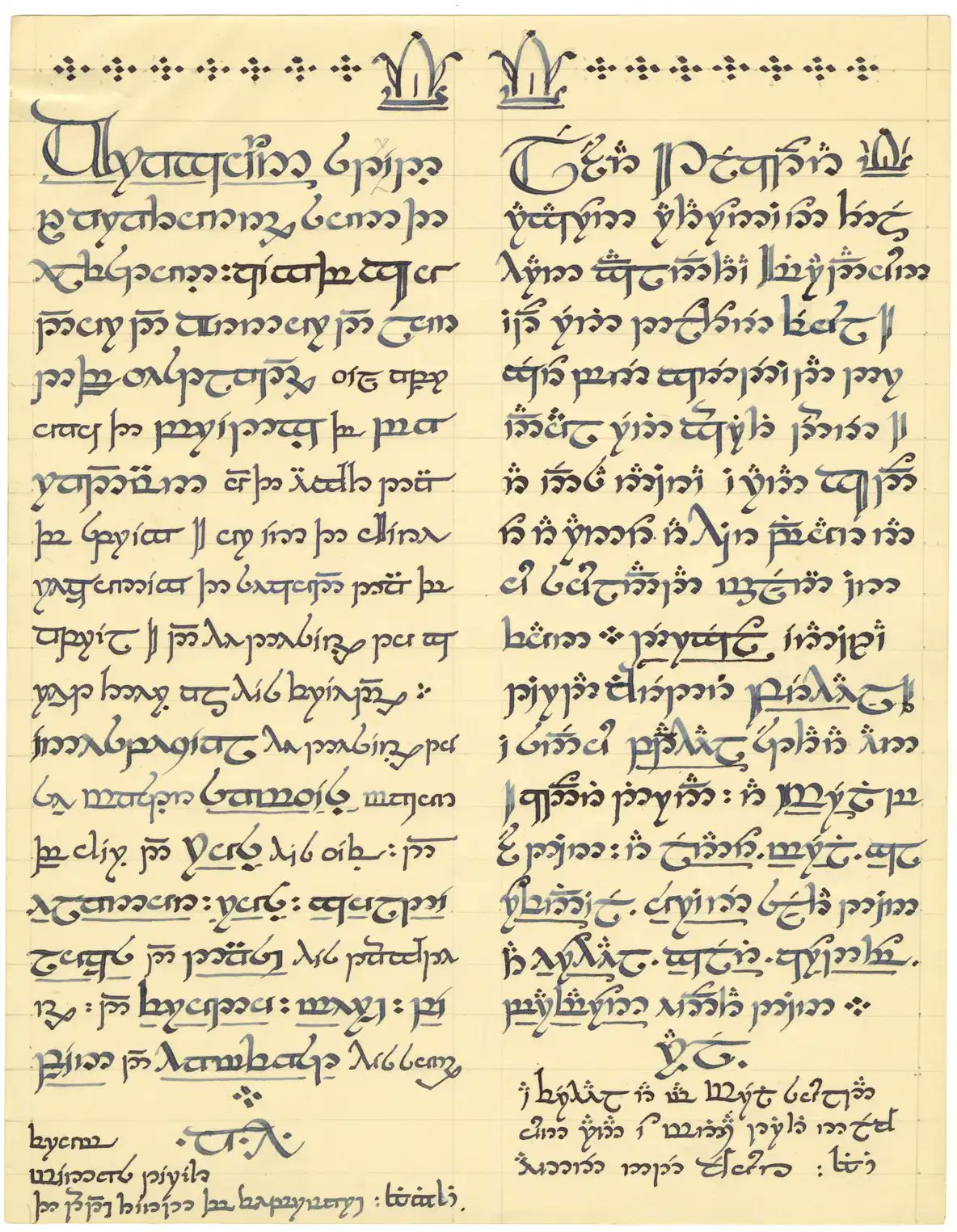
The night before he died, C.S. Lewis wrote this letter to a child
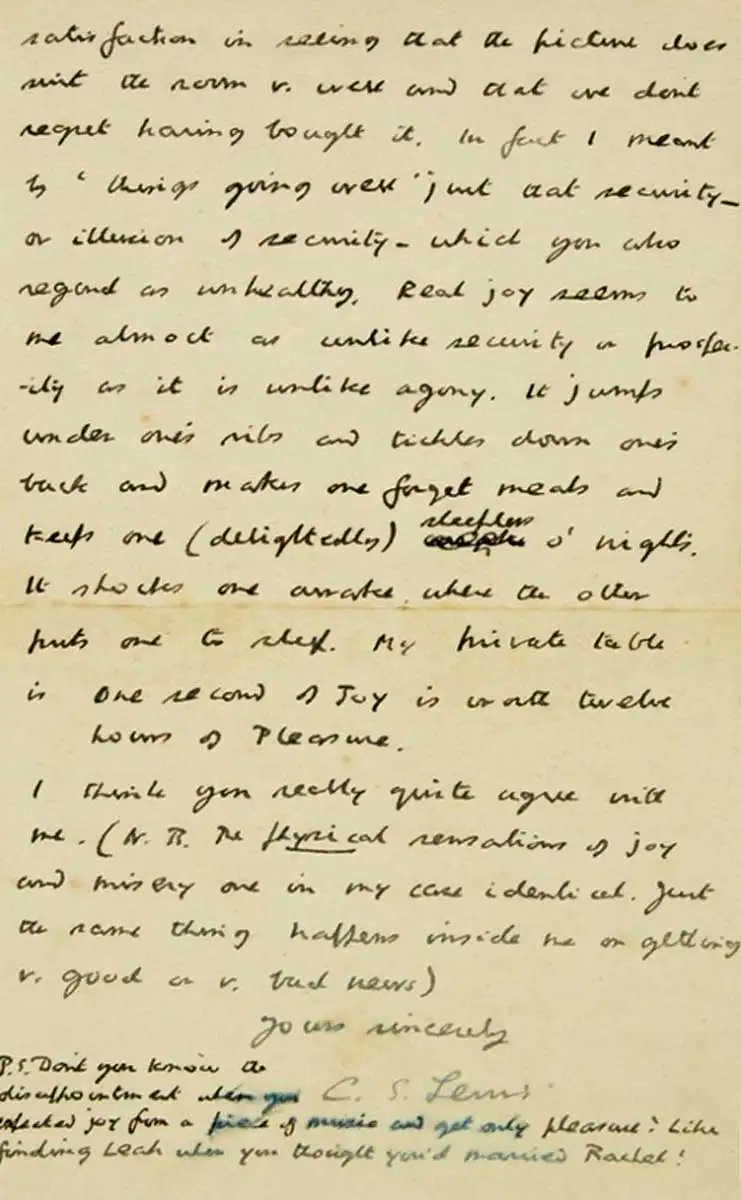
“Dear Philip, to begin with, may I congratulate you on writing such a remarkably good letter; I certainly could not have written it at your age. And to go on with, thank you for telling me that you like my books, a thing an author is always pleased to hear. It is a funny thing that all the children who have written to me see at once who Aslan is, and grown ups never do!”
Ernest Hemingway’s reading list for a young writer
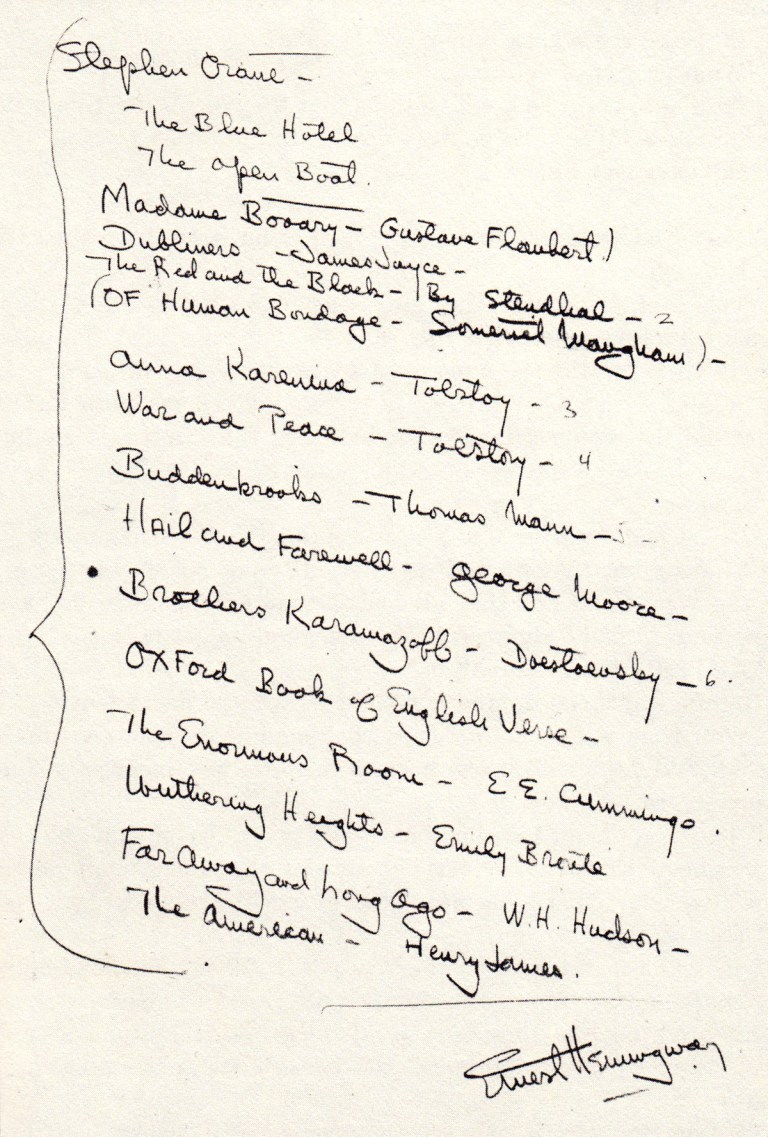
Arnold Samuelson refused to hand over the $5 fee to get his diploma in journalism at the University of Minnesota. The money, he reasoned, would be better invested in helping him achieve learning in the field through an audience with the journalist and writer he admired most. So, he hitchhiked his way from Minnesota to see Ernest Hemingway in Key West. When he got there, Hemingway handed him a lit. Read on…
Leo Tolstoy wrote War and Peace by hand
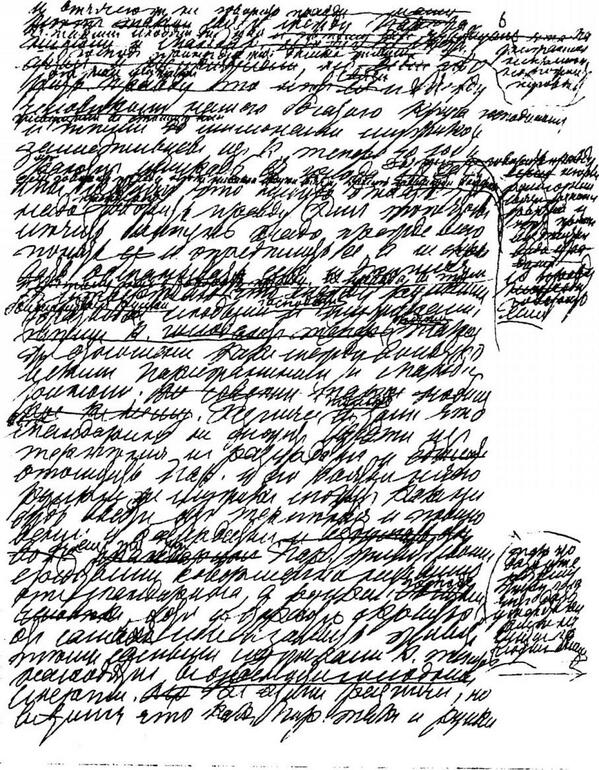
George Orwell’s manuscript for 1984
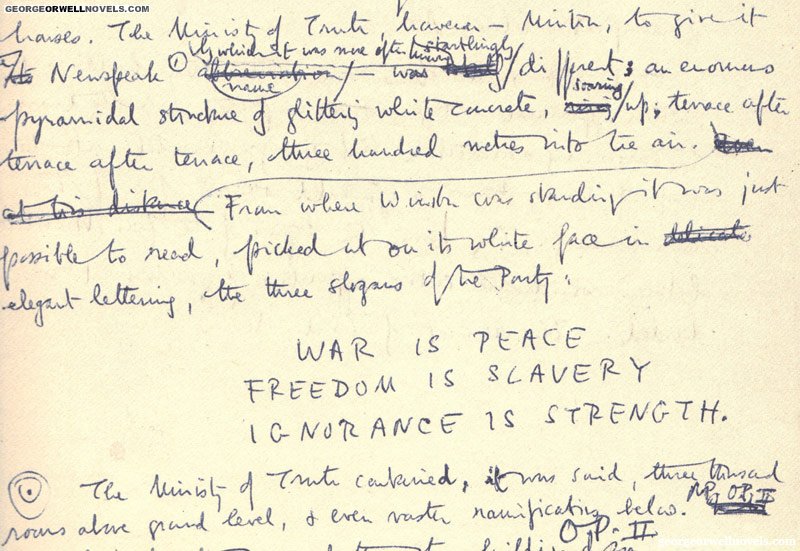
“The three slogans of the Party:
War is Peace
Freedom is Slavery
Ignorance is Strength”
Leonardo da Vinci and his mirror writing
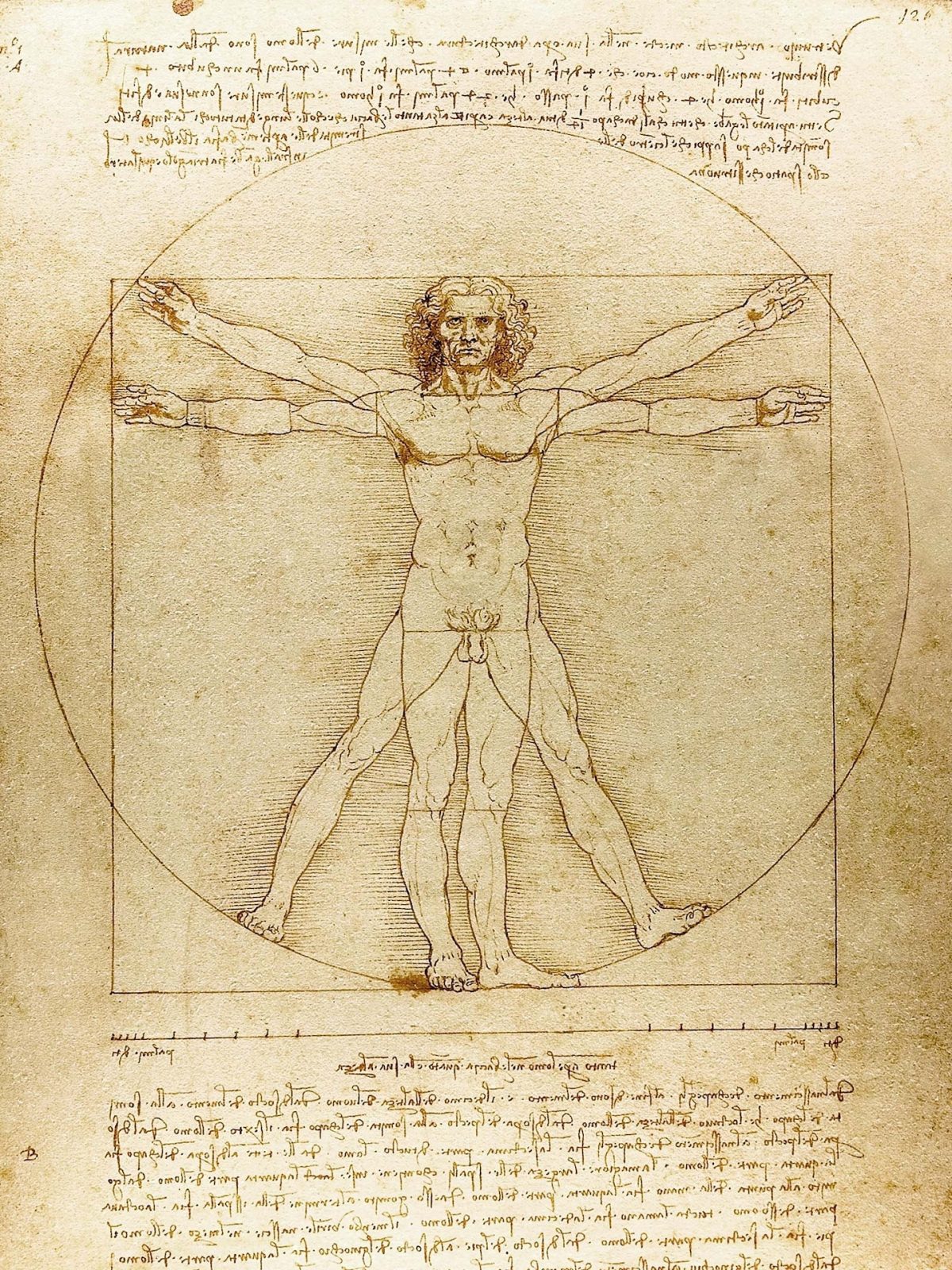
Leonardo Da Vinci (15 April 1452 – 2 May 1519) loved to watch the world go by, to “constantly observe, note, and consider”. To help remember what he saw, the artist and visionary kept a notebook with him at all times. “It is useful,” he said to use the book to write down and sketch things that interested him. Da Vinci’s notebooks give us similar insight into his mind. For instance, we know of his preference for pink tights because in a notebook, he made an inventory of his clothes.
One of his notebooks from 1490 includes a to-do list. Read on…
Friedrich Nietzsche tells his friend and fellow author Heinrich Köselitz that his new book will be called Thus Spoke Zarathustra
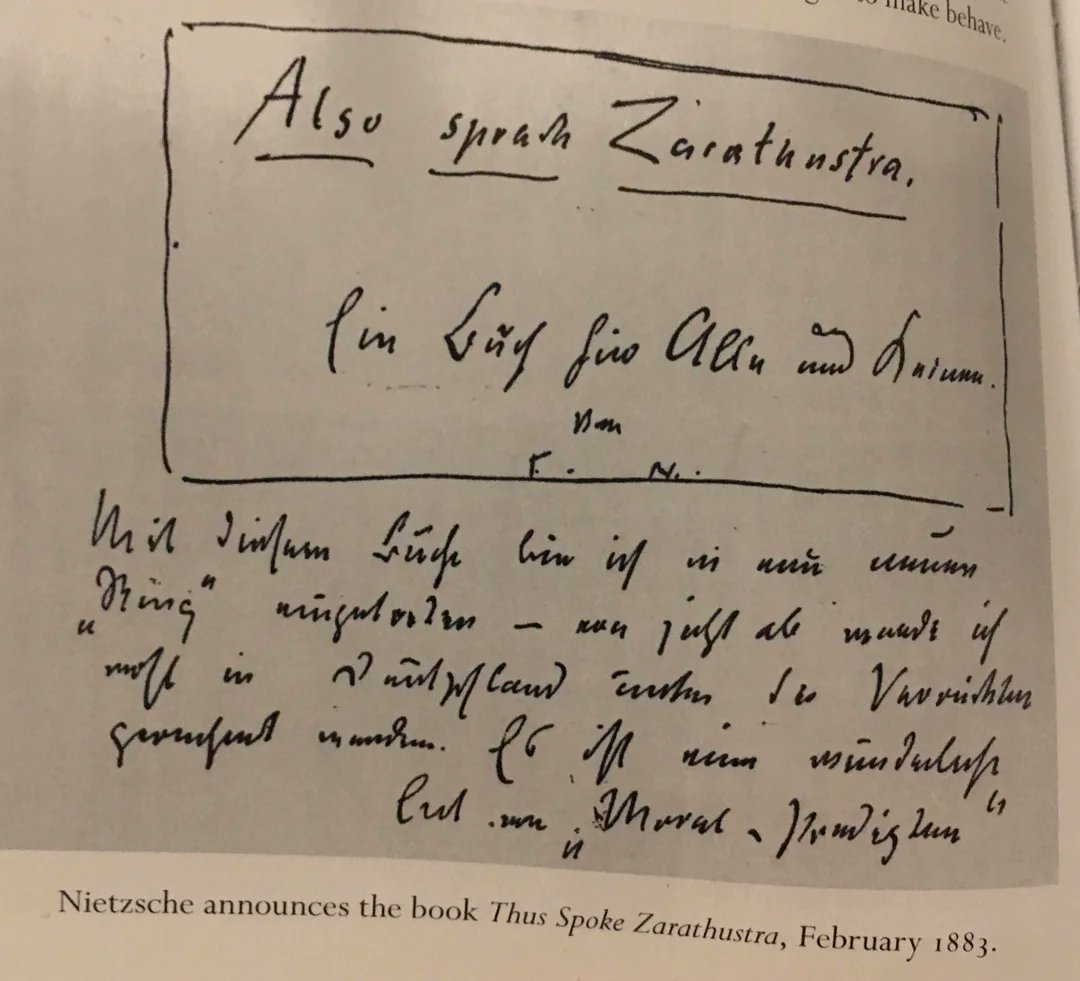
When Friedrich Nietzsche (1844-1900) was in failing health he found reading and writing for longer than twenty minutes at a time painful. A doctor noted that the writer and thinker’s “right eye could only perceive mistaken and distorted images”. Nietzsche needed help. And in 1882 he got it – his sister Elisabeth and friend Paul Rée sent him one of Danish inventor Rasmus Malling-Hansen’s (1835-1890) portable Writing Balls, a forerunner to the typewriter. Read on…
Herman Melville declines to write encyclopedia entries
“I am unpracticed in a kind of writing that exacts so much heedfulness” – Herman Melville, December 11, 1887
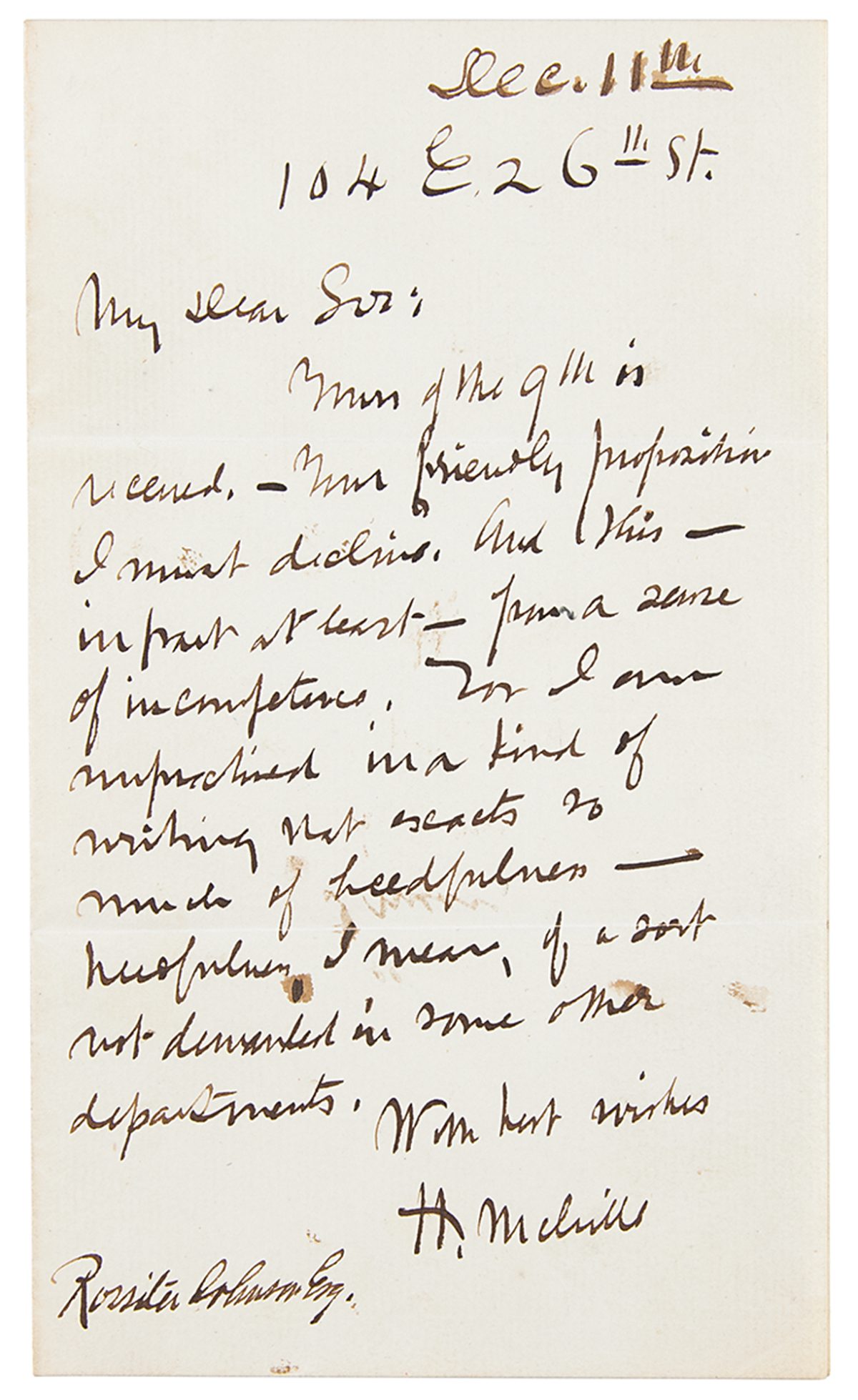
Charles Dickens’s handwritten manuscript of Oliver Twist
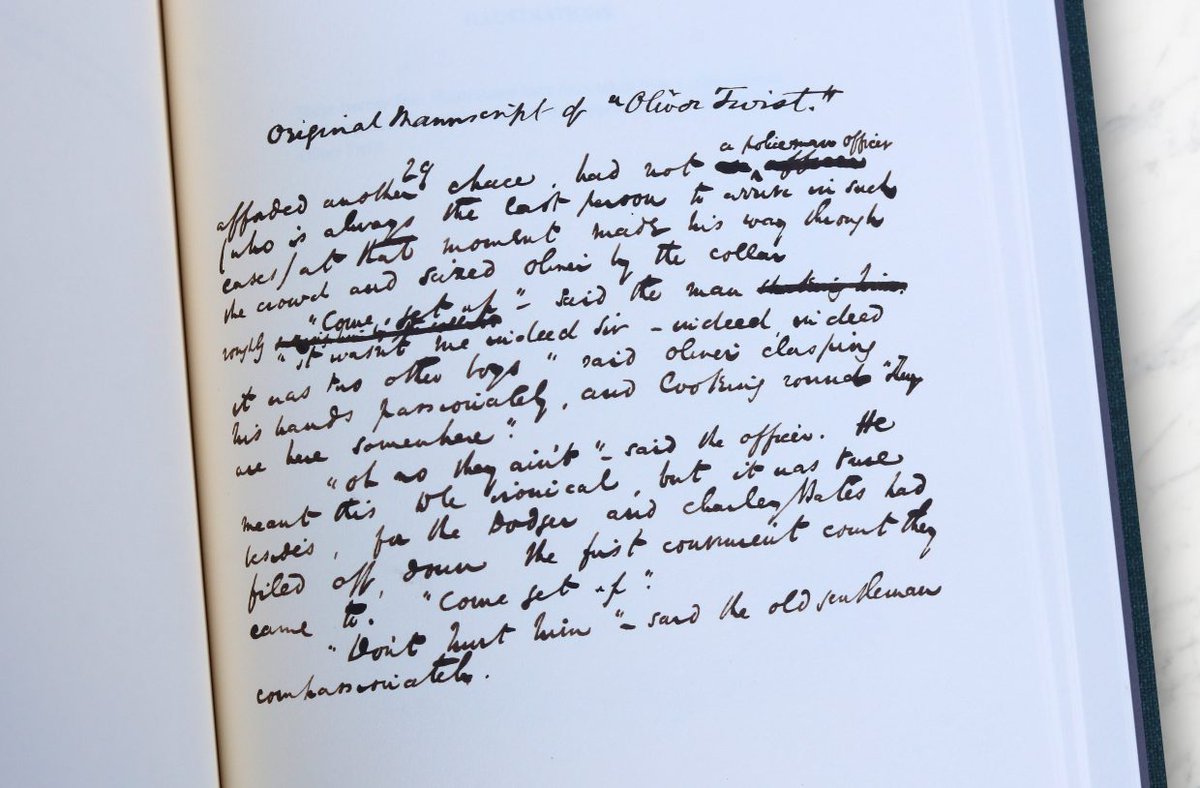
Oscar Wilde edits The Picture of Dorian Gray
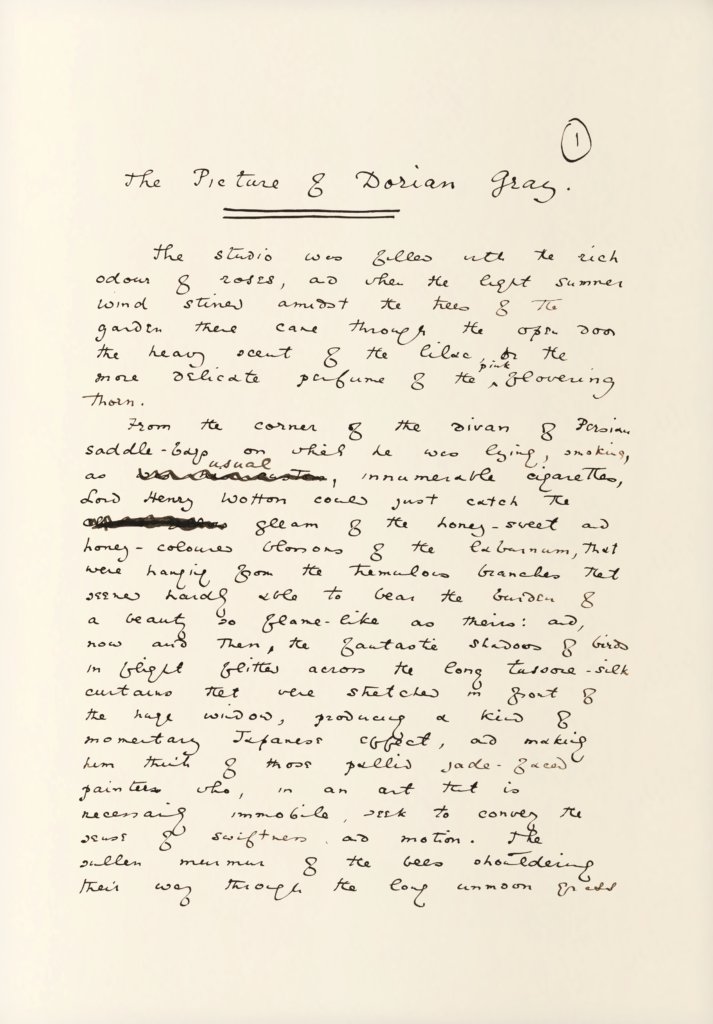
Read more letters in the archive.
Would you like to support Flashbak?
Please consider making a donation to our site. We don't want to rely on ads to bring you the best of visual culture. You can also support us by signing up to our Mailing List. And you can also follow us on Facebook, Instagram and Twitter. For great art and culture delivered to your door, visit our shop.





